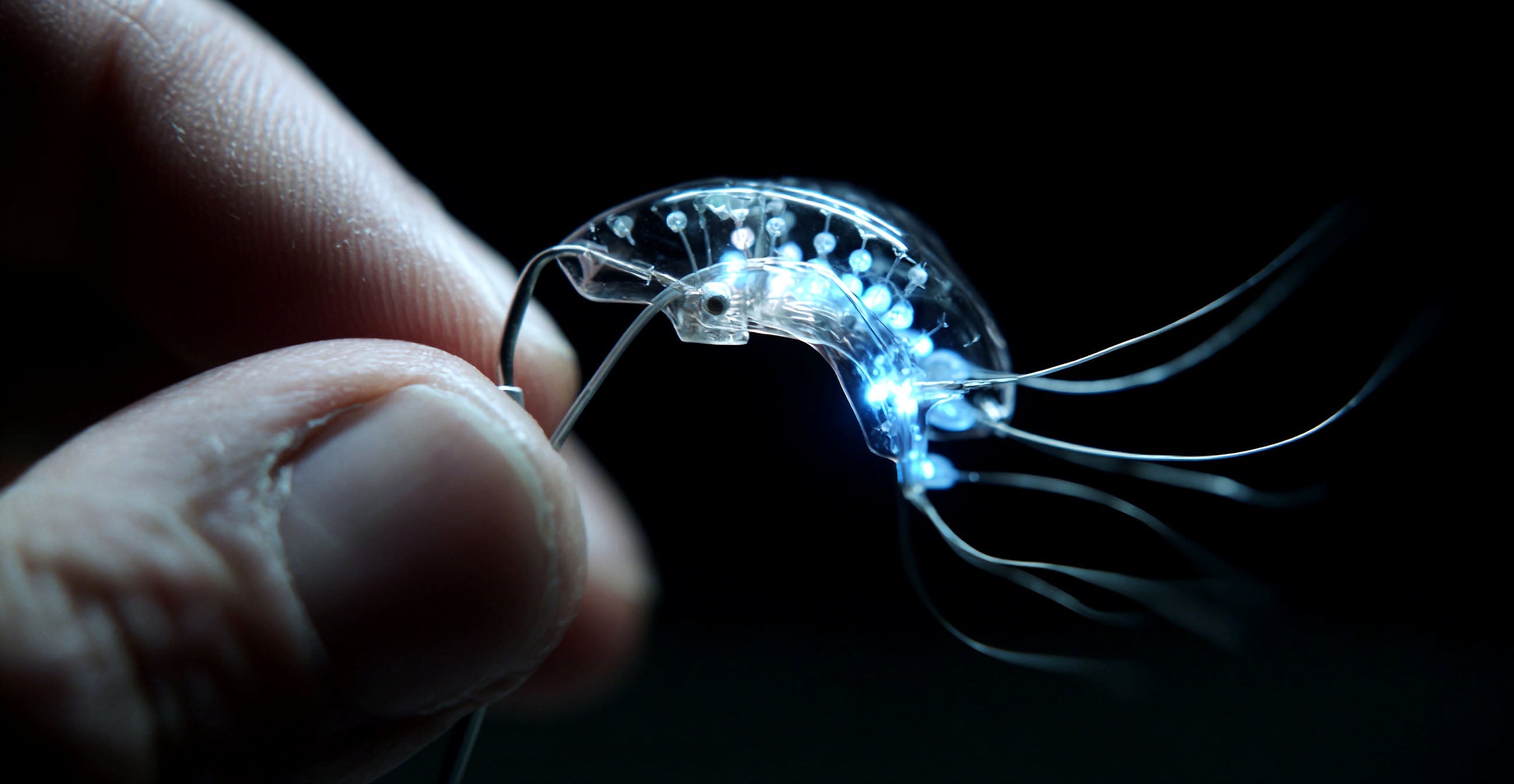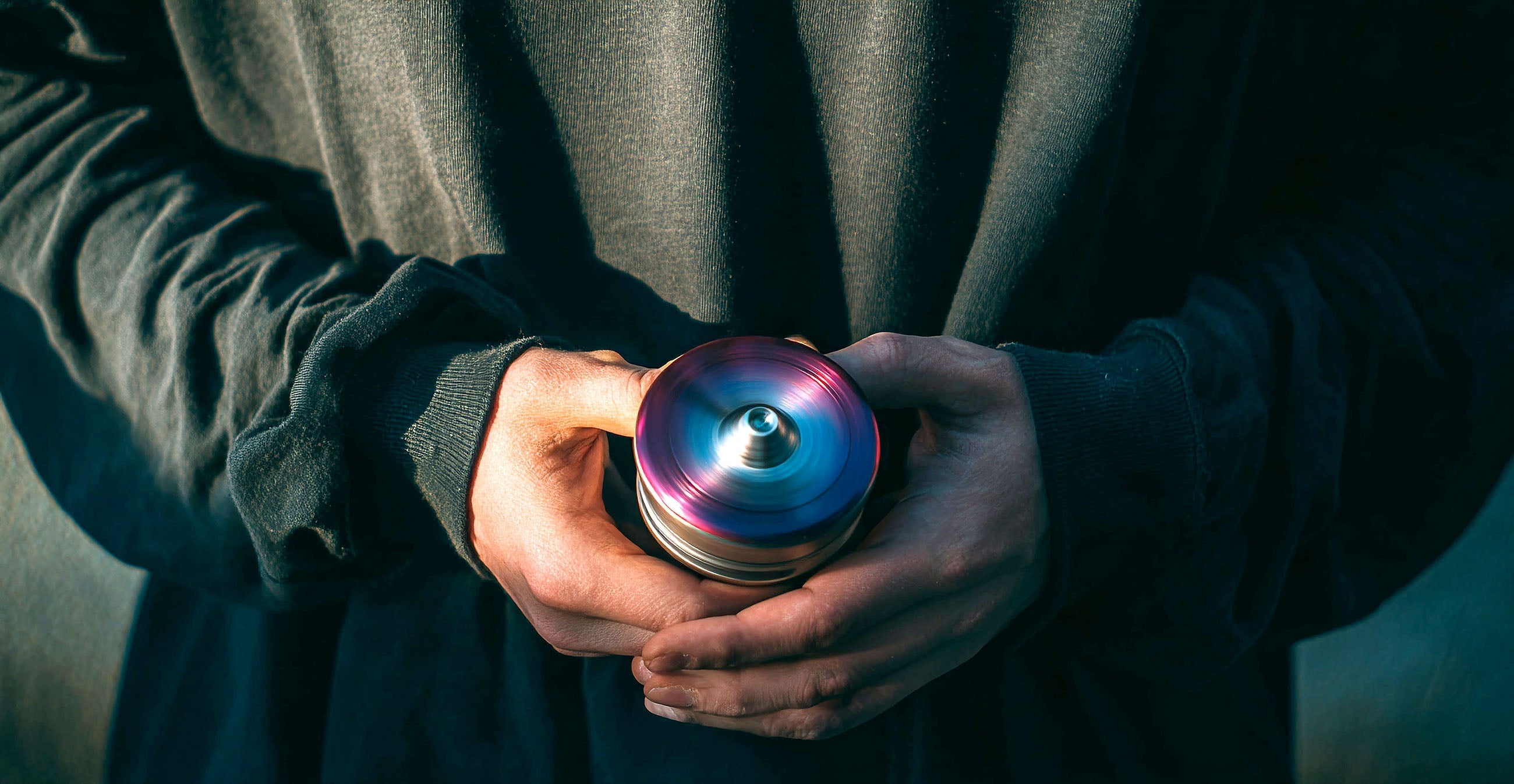
What exactly are the layers of coffee? When something is given "layers," it stands out more compared to other relatively singular things. The same goes for coffee. When it evolves into multiple distinct sensations in the mouth, it brings a more enjoyable experience. That's what layers are. Many friends may not understand the meaning of this statement, so let's break it down and understand it in sections.

We can start with the flavors of acidity, sweetness, bitterness, and saltiness. When drinking pour-over coffee, if there is only one flavor (acidic or sweet) from the moment you sip to the moment you swallow, even if there are no unpleasant negative flavors, it won't be remarkable but rather dull. However, if this cup of coffee starts with a lively acidity when you sip it and then evolves into sweetness after a while, and when you swallow, it leaves a sweeter aftertaste than before, then it demonstrates a rich layering of flavors.
Next is flavor clarity, which refers to the degree to which flavors can be discerned. Let's take fruits we commonly eat as an example: oranges, apples, and watermelons. If we juice them and cover the cup, then blind taste them separately, I believe everyone can quickly recognize their flavors. However, if we mix all three fruits together, it becomes difficult to distinguish their individual flavors, creating a muddled sensation. The same is true for coffee. While perceiving many flavors, these flavors need to be expressed to different extents to create a sense of layers. Otherwise, it will be chaotic and result in a murky sensation.

How can you enjoy a cup of coffee with rich layers? First, start with the selection of coffee beans. You can choose beans that are grown at higher elevations. The higher the elevation, the slower the coffee fruit grows, allowing it to absorb more nutrients, resulting in higher density and more flavorful substances. This is one of the reasons why many countries in Central and South America use elevation as a measure of coffee bean quality.

| Grade | Altitude |
| Strictly Hard Bean | ≥ 1400 m |
| Hard Bean | 1200 - 1400 m |
| Semi Hard Bean | 1100 - 1200 m |
| Extra Prime Washed | 900 - 1100 m |
| Prime Washed | 800 - 900 m |
| Extra Good Washed | 600 - 800 m |
| Good Washed | ≤ 600 m |
Then there's processing: sun-drying, honey processing, anaerobic processing, etc., all have more advantages in terms of layering compared to the washed processing method. However, it's important to note that these methods have advantages but not necessarily stronger layering than the washed processing method. This is because they allow for more fermentation time, leading to more possibilities in terms of flavor development. Therefore, coffee beans with a higher degree of fermentation would be a better choice for achieving a sense of layers.
Second, retaining fine coffee particles. After grinding coffee beans, there will inevitably be some fine particles smaller than 0.3mm. We can retain a moderate amount of these fine particles. Fine particles are a double-edged sword because an excessive amount of fine particles can clog the filter paper and result in a bitter and unpleasant taste. Only by using an appropriate amount of fine particles can different flavors be added to the coffee, thereby enhancing the sense of layers. This is due to the uneven extraction caused by different particle sizes. Different-sized particles have different extraction efficiencies, and the extraction rate of fine particles will be faster than that of larger particles. When the extraction degree is different, the resulting flavors naturally vary. Through experimentation, it has been found that retaining 5% of fine particles in the total amount is the most suitable value. It neither over-extracts nor clogs the filter paper, while allowing for the extraction of more flavor layers.
Third, adjusting the coffee-to-water ratio. When the concentration is too high, the flavors become blurred, creating a murky sensation and making it difficult to distinguish various flavors. In this case, you can increase the coffee-to-water ratio to solve the problem. For example, if you currently use a 1:14 coffee-to-water ratio and the flavor is blurry, you can increase it to 1:15. If the flavor is still blurry, you can raise it to 1:16. It's that simple.
Fourth, water pouring in stages. Since flavor substances release at different time intervals, we can use staged pouring to control the strength of the desired flavor substances and achieve the desired sense of layers.

At this point, some may ask: Why not recommend a single pour? With a single pour, the extraction time is shorter compared to staged pouring because the flushing efficiency during pouring accelerates water penetration. This results in the extraction of flavor substances primarily concentrated in the initial stage, such as acidic and sweet substances. On the other hand, staged pouring allows for the extraction of substances released in the front, middle, and back stages, resulting in a greater sense of layers. Therefore, we can make appropriate adjustments based on the actual situation, and brewing coffee with distinct layers won't be a difficult task anymore.
Embrace the joy of creating your own coffee, where every cup tells a unique and flavorful story.





